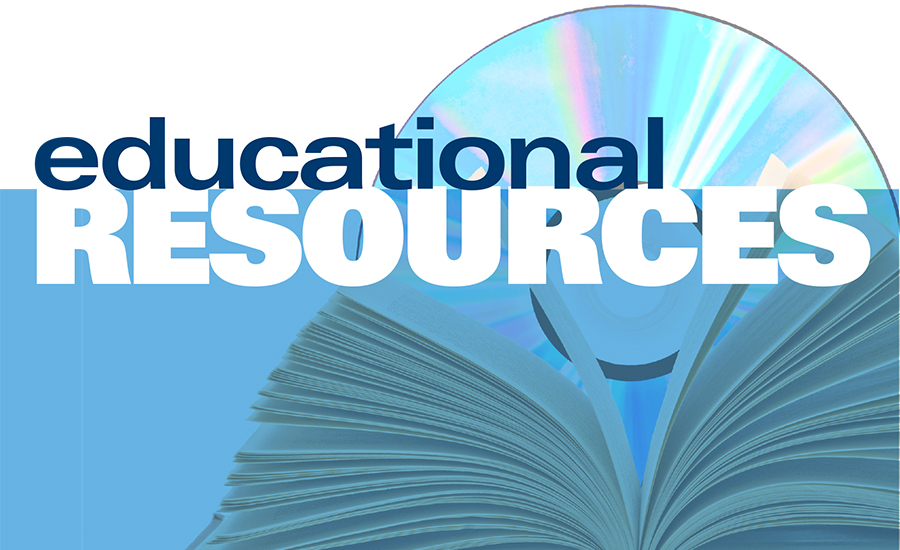Hesperian Health Guides announces new publication: Workers’ Guide to Health and Safety

On International Workers’ Day, the Berkeley, CA-based health publisher Hesperian is celebrating by releasing a one-of-a-kind resource on workers’ health and safety. More than a decade in the making and drawing on the experiences of workers and health educators from every continent, this book aims to provide essential information to workers themselves, those who are the best placed and the most highly motivated to prevent the devastating factory disasters that all too often dominate the news.
The Workers’ Guide to Health and Safety provides occupational safety and health information in an accessible, well-illustrated format that speaks directly to workers’ experience. While covering workplace problems such as electrical hazards, machine dangers, ergonomics, chemical use, fire, among others, it also breaks new ground by also focusing on “social hazards”: low wages, long hours, sexual harassment, workplace violence, and other problems that affect factory workers’ health but are usually not considered part of occupational health and safety. The book also covers specific illnesses that are common or exacerbated by factory conditions, such as HIV, tuberculosis, and mental health.
Despite the fact that most people spend the majority of their waking hours involved in working, this is one of the first resources to take a global look at the health problems caused by work and place them into a primary care context.
Guy Ryder, Director-General of the International Labour Organization, has recognized the book as “an excellent resource in helping workers achieve safe and dignified jobs. The Workers' Guide to Health and Safety is full of innovative and sustainable ways for workers, employers, and consumers to make that right a reality."
This is important, he continued, because "Globally, an estimated 2.3 million workers die every year from injuries at work and work related diseases. Many millions more are harmed by their work. This represents a colossal social and economic burden for enterprises, communities and countries, not to mention an appalling human and financial problem for workers and their families.”
Like all of Hesperian’s materials, the book has been extensively field-tested in 25 countries to ensure it will be as useful as possible. The experience of training workers using early drafts of the book led Sanjiv
Pandita, Director of the Asia Monitor Resource Centre in Hong Kong, to say: “This book has already empowered hundreds of workers involved in its field-testing across Asia. Hundreds of thousands of people throughout Asia need and will benefit from this book.”
Not a dry text about occupational safety, every chapter in the Workers’ Guide includes real stories about how workers have organized to improve conditions in the workplace and in the community, and the descriptions of the struggles of women and migrant workers make this book as timely as tomorrow’s headlines. The book also includes activities to involve workers in measuring and responding to hazards on the job. Finally, an extensive chemical index presents complex chemical information in a manner that is easy to understand that allows workers to identify chemicals they may be working with, understand their short-term and chronic health effects, and propose various ways to protect themselves by substituting safer chemicals, improving ventilation, and using the right personal protective equipment.
About Hesperian Health Guides | hesperian.org
Hesperian Health Guides is a nonprofit organization dedicated to developing low-literacy health content in numerous formats and languages. We strive to support communities as they take action to improve their health and address underlying causes of poor health.
Beginning with the development of the classic Where There Is No Doctor in the mountains of Mexico in the early 1970s, Hesperian has developed and distributed health materials in more than 80 languages and in 221 countries and territories. Topics include primary care, women's health, early childhood development, environmental health, workplace health and safety, and HIV/AIDS.
Looking for a reprint of this article?
From high-res PDFs to custom plaques, order your copy today!







.jpg?t=1721257160)
